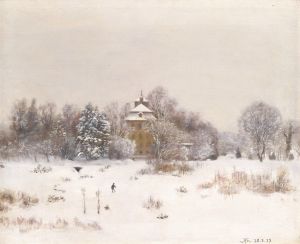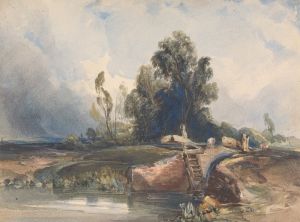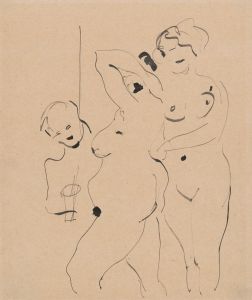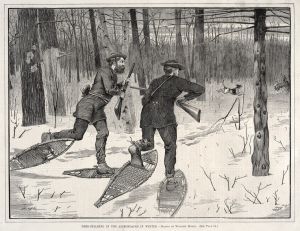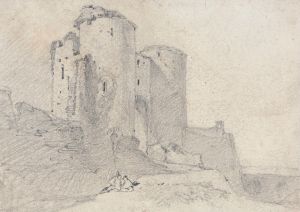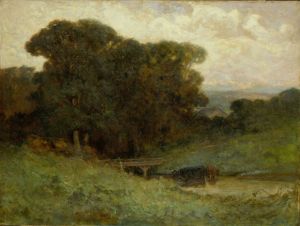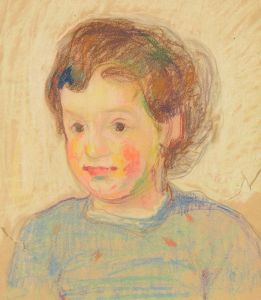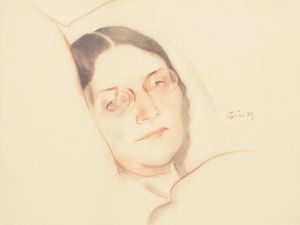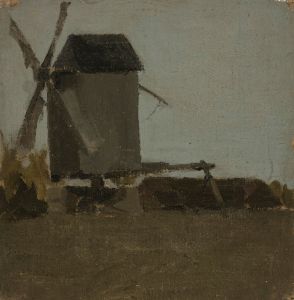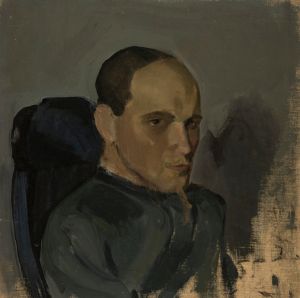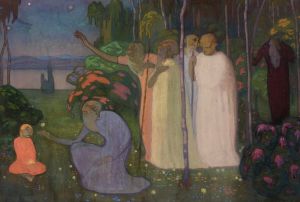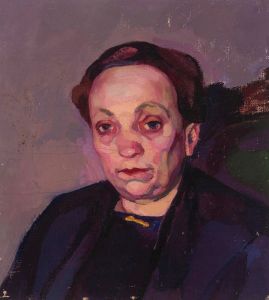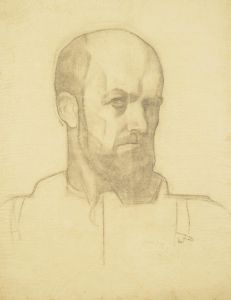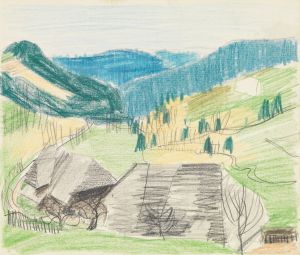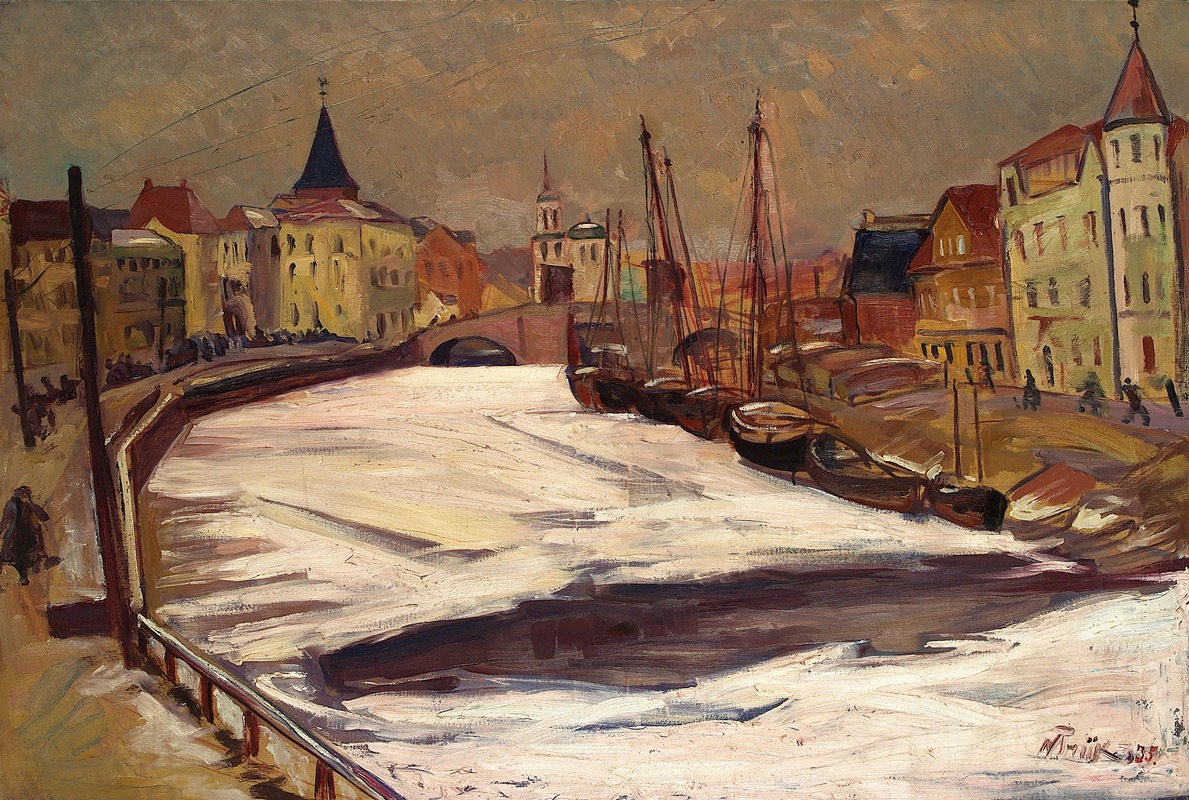
Talvine Tartu Emajõega
A hand-painted replica of Nikolai Triik’s masterpiece Talvine Tartu Emajõega, meticulously crafted by professional artists to capture the true essence of the original. Each piece is created with museum-quality canvas and rare mineral pigments, carefully painted by experienced artists with delicate brushstrokes and rich, layered colors to perfectly recreate the texture of the original artwork. Unlike machine-printed reproductions, this hand-painted version brings the painting to life, infused with the artist’s emotions and skill in every stroke. Whether for personal collection or home decoration, it instantly elevates the artistic atmosphere of any space.
Nikolai Triik was an Estonian painter known for his contributions to the development of modern art in Estonia during the early 20th century. One of his notable works is "Talvine Tartu Emajõega," which translates to "Winter in Tartu with the Emajõgi River." This painting is a significant piece within Triik's oeuvre, reflecting his interest in capturing the essence of Estonian landscapes and the interplay of natural elements.
Nikolai Triik was born on August 7, 1884, in Tallinn, Estonia. He studied art in Saint Petersburg and later in Paris, where he was influenced by various modernist movements, including Symbolism and Impressionism. Triik's exposure to these artistic styles is evident in his work, which often combines a keen observation of nature with a more expressive and sometimes abstract approach to form and color.
"Talvine Tartu Emajõega" is a landscape painting that depicts the Emajõgi River during wintertime in Tartu, a city in southeastern Estonia. The Emajõgi River is a significant geographical feature in the region, and it has been a source of inspiration for many Estonian artists. In this painting, Triik captures the serene and tranquil atmosphere of the winter landscape, characterized by the muted colors and soft light typical of the season.
The painting showcases Triik's ability to convey mood and atmosphere through his use of color and brushwork. The cool tones of blues and whites dominate the canvas, evoking the chill and stillness of a winter day. The river, likely frozen or partially frozen, reflects the pale sky, creating a harmonious and cohesive composition. Triik's brushstrokes are both deliberate and fluid, suggesting the texture of snow and the gentle flow of the river beneath the ice.
Triik's work, including "Talvine Tartu Emajõega," is often associated with the broader context of Estonian national identity and the country's cultural revival during the early 20th century. As Estonia sought to assert its cultural independence, artists like Triik played a crucial role in developing a distinct national art style that celebrated the country's landscapes and traditions.
Throughout his career, Triik was involved with several artist groups and movements that aimed to promote modern art in Estonia. He was a member of the Noor-Eesti (Young Estonia) movement, which sought to modernize Estonian culture and art by incorporating European influences while maintaining a distinct national character. Triik's work reflects this dual influence, combining modernist techniques with a deep appreciation for the Estonian landscape.
Nikolai Triik's contributions to Estonian art were significant, and his works continue to be celebrated for their artistic merit and cultural importance. "Talvine Tartu Emajõega" remains an exemplary piece that highlights Triik's skill in landscape painting and his ability to capture the unique beauty of Estonia's natural environment. His legacy is preserved in various art collections and museums, where his paintings are appreciated by both art enthusiasts and scholars interested in the development of modern art in Estonia.





